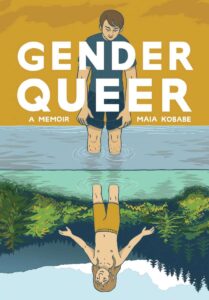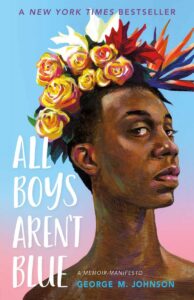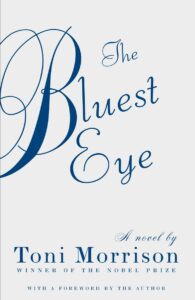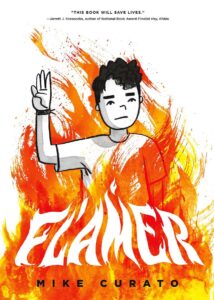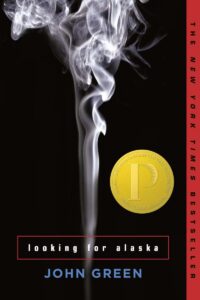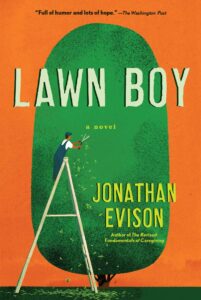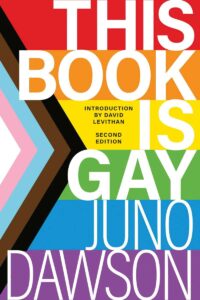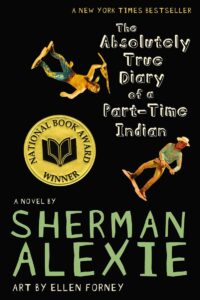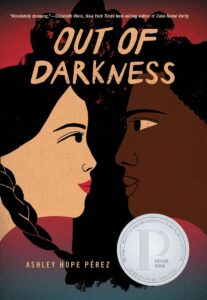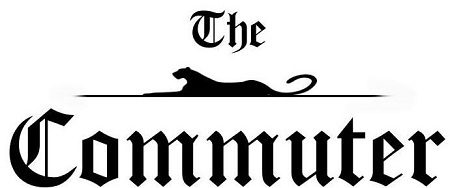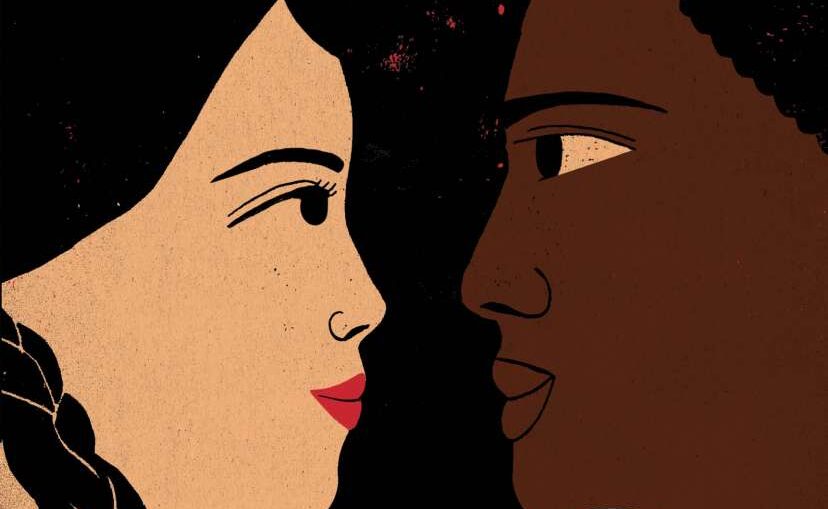Imagine being told that you weren’t allowed to read your favorites books such as Maia Kobabe’s “Gender Queer,” “The Great Gatsby,” “Lord of the Flies,” and “To Kill a Mockingbird,”
According to the American Library Association Office of Intellectual Freedom, all of these books are all currently on theanned Book List. Banned Book Week Celebrations kicked off around the United States during the first week of October, but learning about what books are on the list is something that happens year-round.
“Banned Book Week is an annual event dedicated to highlighting the importance of the First Amendment and the freedom to read,” said Anne Hofmann, Frederick Community College English professor.
She said the event has historically focused on books banned or challenged in libraries and schools. The theme for Banned Books Week 2023 is “Let Freedom Read.”
When we ban books, we’re closing off readers to people, places, and perspectives. But when we stand up for stories, we unleash the power that lies inside every book. We liberate the array of voices that need to be heard and the scenes that need to be seen.
As director of the American Library Association’s Office of Intellectual Freedom, Deborah Caldwell-Stone’s job is to know which titles are being targeted:
“LGBTQIA books. Books (opponents) deemed to be critical race theory, but were books on the history of race, racism, slavery in the United States, or representing Black voices, were overwhelmingly being targeted by these demands to remove books,” she said.
According to the American Library Association, between 2020 and 2022, the number of individual titles banned spiked more than 1,100%, from 223 to 2,571.
Every year, ALA’s Office for Intellectual Freedom (OIF) compiles a list of the Top 10 Most Challenged Books in order to inform the public about censorship in libraries and schools. The lists are based on information from reports filed by library professionals and community members and from news stories published throughout the United States. This list consists of:
“Gender Queer: A Memoir by Maia Kobabe”
Number of challenges: 151
Challenged for: LGBTQIA+ content, claimed to be sexually explicit.
“All Boys Aren’t Blue” by George M. Johnson
Number of challenges: 86
Challenged for: LGBTQIA+ content, claimed to be sexually explicit.
“The Bluest Eye” by Toni Morrison
Number of challenges: 73
Challenged for: depiction of sexual abuse, claimed to be sexually explicit.
“Flamer “by Mike Curato
Number of challenges: 62
Challenged for: LGBTQIA+ content, claimed to be sexually explicit.
“Looking for Alaska” by John Green
Number of challenges: 55
Challenged for: LGBTQIA+ content, claimed to be sexually explicit.
“The Perks of Being a Wallflower” by Stephen Chbosky
Number of challenges: 55
Challenged for: depiction of sexual abuse, LGBTQIA+ content, drug use, profanity, claimed to be sexually explicit.
“Lawn Boy” by Jonathan Evison
Number of challenges: 54
Challenged for: LGBTQIA+ content, claimed to be sexually explicit.
“The Absolutely True Diary of a Part-Time Indian” by Sherman Alexie
Number of challenges: 52
Challenged for: profanity, claimed to be sexually explicit.
“Out of Darkness” by Ashley Hope Perez
Number of challenges: 50
Challenged for: depictions of abuse, claimed to be sexually explicit.
“This Book Is Gay” by Juno Dawson
Number of challenges: 48
Challenged for: LGBTQIA+ content, providing sexual education, claimed to be sexually explicit.
Communities across the country are still struggling with questions about what constitutes appropriate reading material for young people, and whether the freedom to read should include works that push boundaries and challenge societal norms. While books have been and continue to be banned, part of the Banned Books Week celebration is the fact that, in a majority of cases, the books have remained available. This happens only thanks to the efforts of librarians, teachers, students, and community members who stand up and speak out for the freedom to read.
